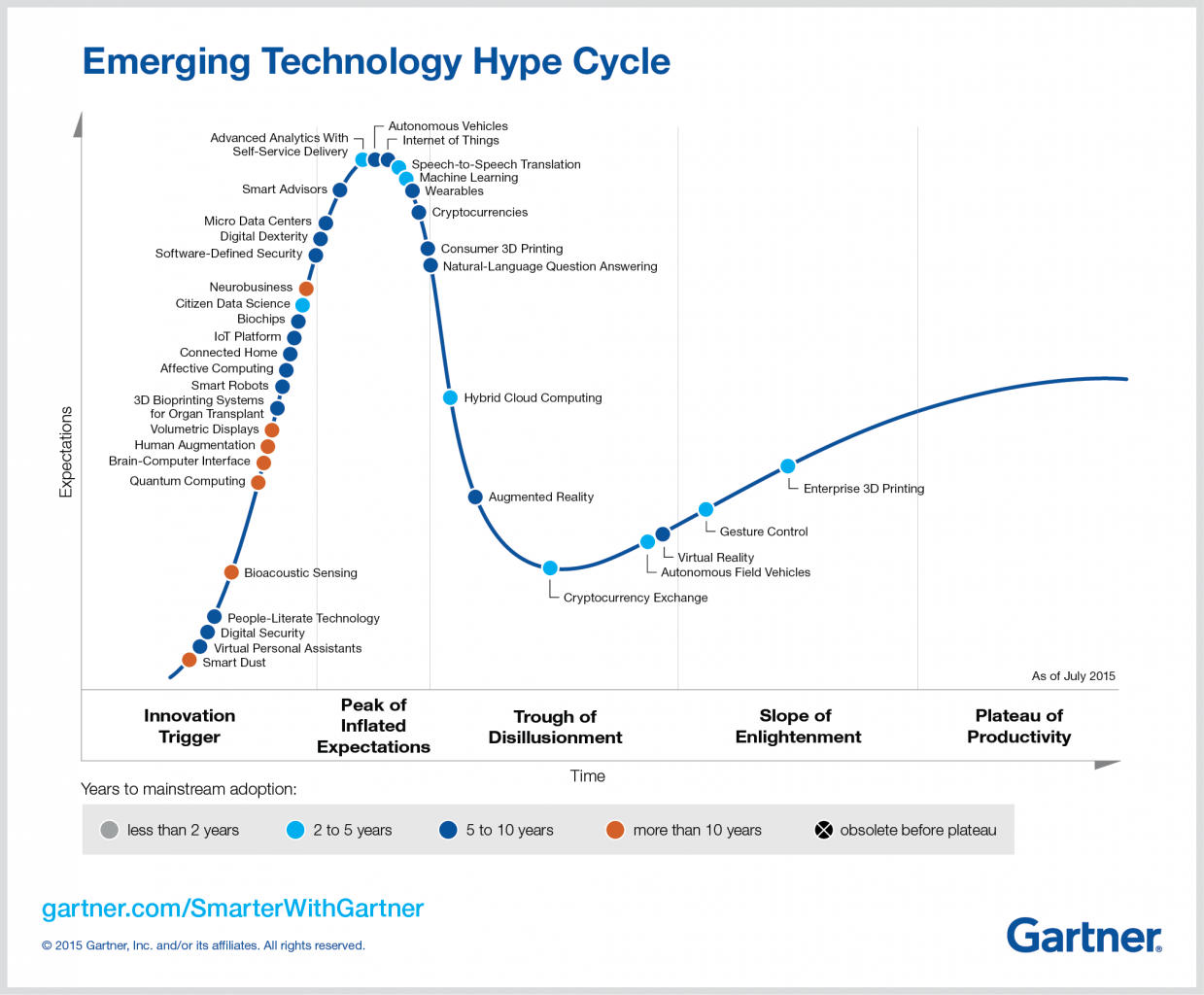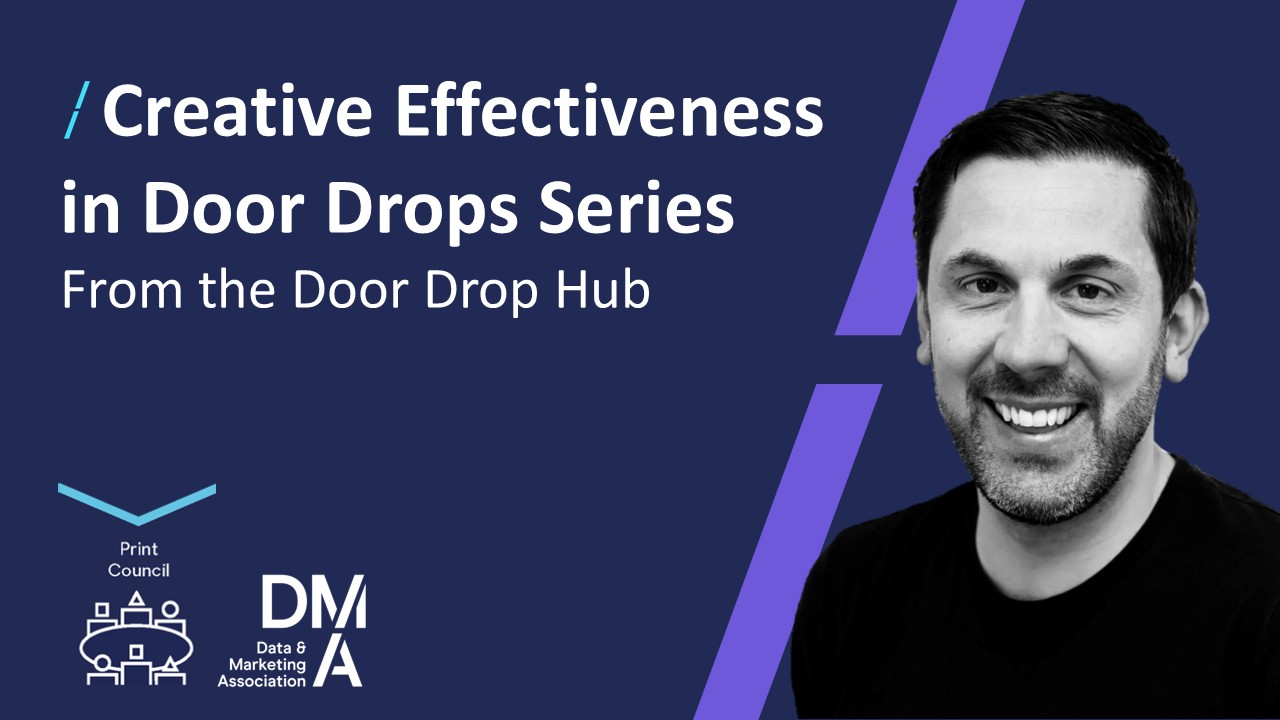James Moffat: The only constant
23 Jun 2016

James Moffat, executive director at The Organic Agency describes how change is more than something to expect, it underlies everything marketers do at the DMA Customer Engagement event in June 2016
Speaking at Customer Engagement 2016 at the British Museum in June, executive director of The Organic Agency James Moffat began with an anecdote from his early days in an agency.
"In the good old days my boss didn’t even have a computer on his desk. Everything was done on paper.
"He told me a story that when he was in an agency, they took boards to the client meeting with ideas, explining this is what they’ll do. The clients would say ‘great’ and they would have lunch. That was it," he says.
Clearly such relationships are rare today, but there was still choice. "There was some kind of human engagement here. You could choose between TV, print, direct mail etc.
"Things. Have. Changed."
"The digital explosion is constantly reinventing itself. The customer journey or path to purchase is almost impossible to plan. How and what do you invest?" he asks.
Disruption
He described a new way to engage, driven by consumers. One example is the case of Justine Sacco, covered by Jon Ronson in his book You have been publicly shamed, where a senior director of corporate communications at IAC tweeted, apparently jokingly, about her trip to South Africa but in clearly racist terms.
While Justine was oblivious and 35,000 feet up on a long-haul flaight, Twitter users rounded on her,with the hashtag #hasjustinelandedyet trending.
These are, "Examples of campaigns that point out an interesting feature of the marketing and customer engagement job," says Moffat.
"The consumers created marketing assets, memes about the experience."
Another example is the ALS (known in the UK as Motor Neurone Disease) Ice Bucket Challenge.
"More than two million videos were uploaded to Facebook, and there is an important feature in common with the Justine Sacco experience, which is people communicating with people. People used the challenge to commmunicate with people. Marketing innovation is driven by consumer innovation. How they [consumers] talk to their friends and organise their lives. Marketers have to organise themselves to keep up," he says.
"We are constantly having to reinvent and change. Like the Wild West - there are no rules. Digital is not yet mature. If the world wide web was part of your marketing team, it would be finishing its degree programme - this is not a mature environment and likely to change again in the next 3-5 years.
"The communications reality has shifted. Today’s uber-cool platform is tomorrow’s donkey," he says.
He said this can be confirmed by looking at the S&P 500, where the average time spent on the list has decreased by more than 50 years to about 10 years since 1945. "They [companies] are not keeping their position of control. Volatility means that in the future three-quarters of firms today could be unknown in 15 years."
Moore’s law
Moore’s law is an observation, first made in 1965 by one of Intel's founders Gordon Moore, the idea being that processing power doubles every 24 months. His second observation or law show the costs to produce semiconductors will fall, roughly halving every two years.
This growth in processing but fall in power is one of the drivers of the digital economy, and continues to open new ways to communicate and market.
"There are new expectations - 61% of Gen Y believe brands should repond to comments about them [over social media]," he says. "Our instinct is to dive headlong into comms pieces to reach the customer. But 21% of all content has no interactions. Translated into marketing spend, we can see how this can have some application. 50% of the content is responsible for 1% of the interactions.
"We are building content machines, content strategies, but the content is not delivering much for us. So how do you engage in this world?" he asks.
Engagement
"Business as usual is no longer good enough. We inhabit organisations built in 19th and 20th centuries. We need to have organisations that can understand the data and repond. Dave Lewis at Tesco said 'our goal going forward as a brand is to engage with customers, wherever, however and whenever the customer wants it'," he said.
He said businesses must be responsive and need to change and adapt their marketing. "Equally, we have to connect with people across different channels. We have to get away from siloed marketing and provide structures where multi-disciplinary teams work," he says.
We need, "Better not bigger data," he says. "Just because you can measure it, doesn’t make it important. Marketers have to measure a mix of quant and qual. Also intent. Marketing as a value exchange. We all know about the rise of adblockers as people tire of display ads, and 94% skip re-rolls - half of those watching video on demand skip every ad.
"But customers have appetite for reward if they feel there is value for them."

"People are creatures of habit," he says. "Customers don’t want a new relationship, but a better version of the successful relationships from the past.
"Think about it - what was it that made you go back to a retailer? Most likely great service great deals, great quality and convenience. This is where we need to start. Engagement - a personalised experience."
He ended with some points from the DMA Customer Engagement research:
- "Relevancy over personal relationship. They want a better retailer, not a better friend."
- "Play to strengths and enhance your core position. Make it relevant. Don’t get stuck in one way of working."
- "Change is the defining feature and this will increase in the future. Consumers are setting the rules. Your business needs flexibility and adaptability for the future. Think of brands who bought social media likes - that reach is negligible."
- "Build a brand that is adept and agile. Be prepared for more change. Consumers are hungry for more emotive forms of communication and new ways of engaging with brands."




Please login to comment.
Comments